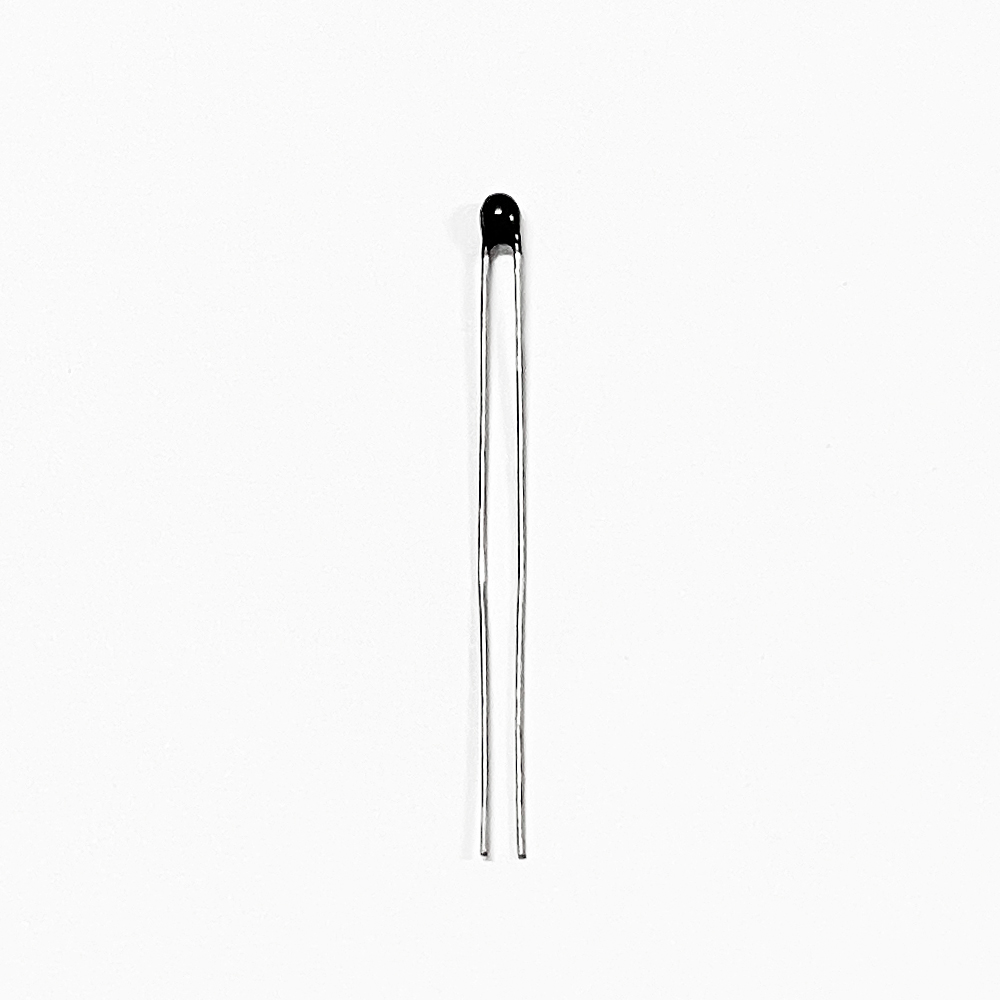I. Working Principle of Thermistors
In fans, commonly used thermistors are negative temperature coefficient (NTC) thermistors, which have a resistance that decreases with increasing temperature. These thermistors are installed on the circuit board of fans. When the temperature of the circuit board rises to a certain level, the resistance decreases, causing an increase in the current within the circuit. This, in turn, controls the speed of the fan’s rotation, allowing the fan to automatically adjust its speed according to changes in the circuit board’s temperature.
II. Applications of Thermistors
Speed Control: Thermistors enable the control of fan speed based on actual temperature changes. This ensures that the temperature of the circuit board remains within an appropriate range, thereby ensuring the stable operation of the circuit board.
Intelligent Temperature Control Systems: Thermistors can be integrated with microcontrollers and other intelligent control chips. Through programming, intelligent temperature control systems can be implemented, maintaining the circuit board’s temperature within a specified range.
Heat Dissipation in Electronic Devices: Thermistors can be used in conjunction with fans to dissipate heat from electronic devices, effectively reducing the operating temperature of the equipment and safeguarding the long-term stability of electronic devices.
III. Conclusion
Thermistors are commonly used electronic components in electronic devices, and they play a crucial role in fan control, speed adjustment, and intelligent temperature control systems. By utilizing thermistors, stable operation of fan circuit boards can be achieved, ensuring the long-term stability of the equipment.
This article is provided by JYH HSU Electronics (JEC), a manufacturer of capacitors and resistors.
Post time: Sep-27-2023

